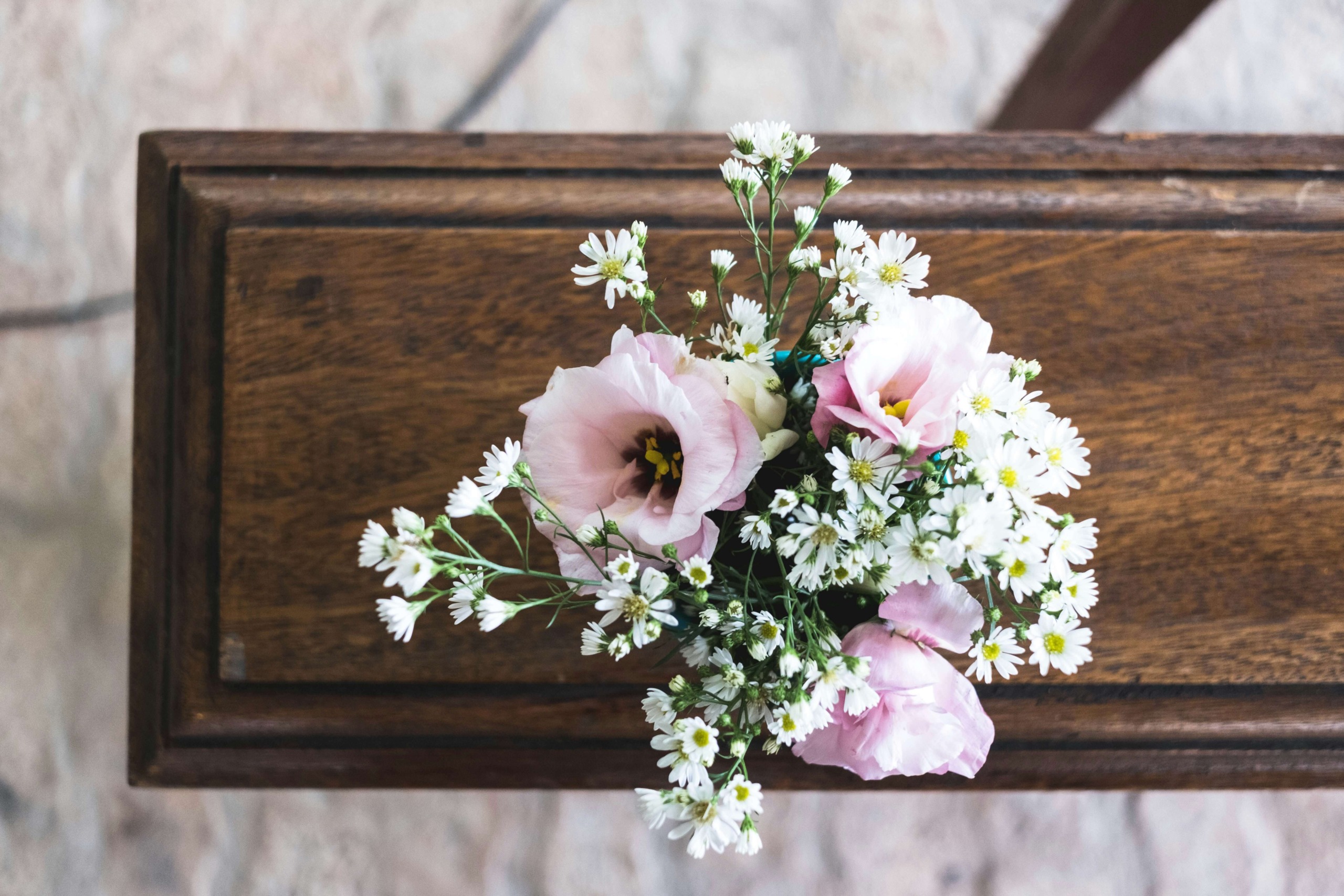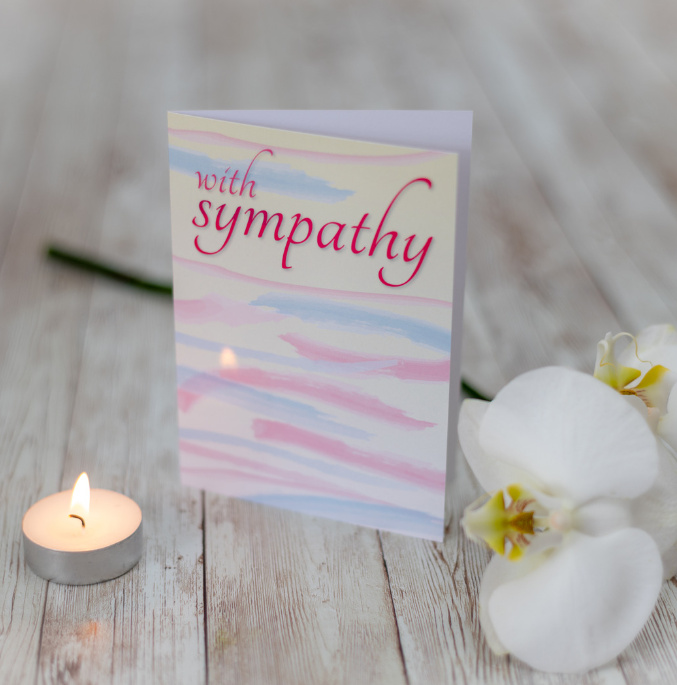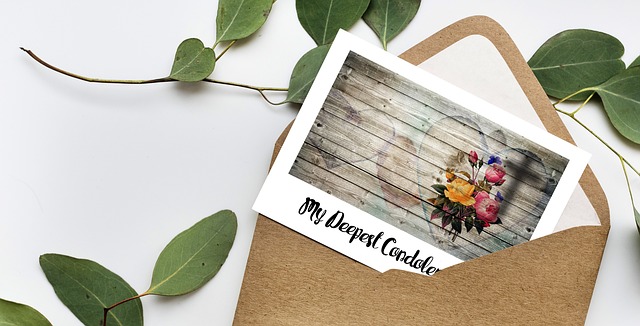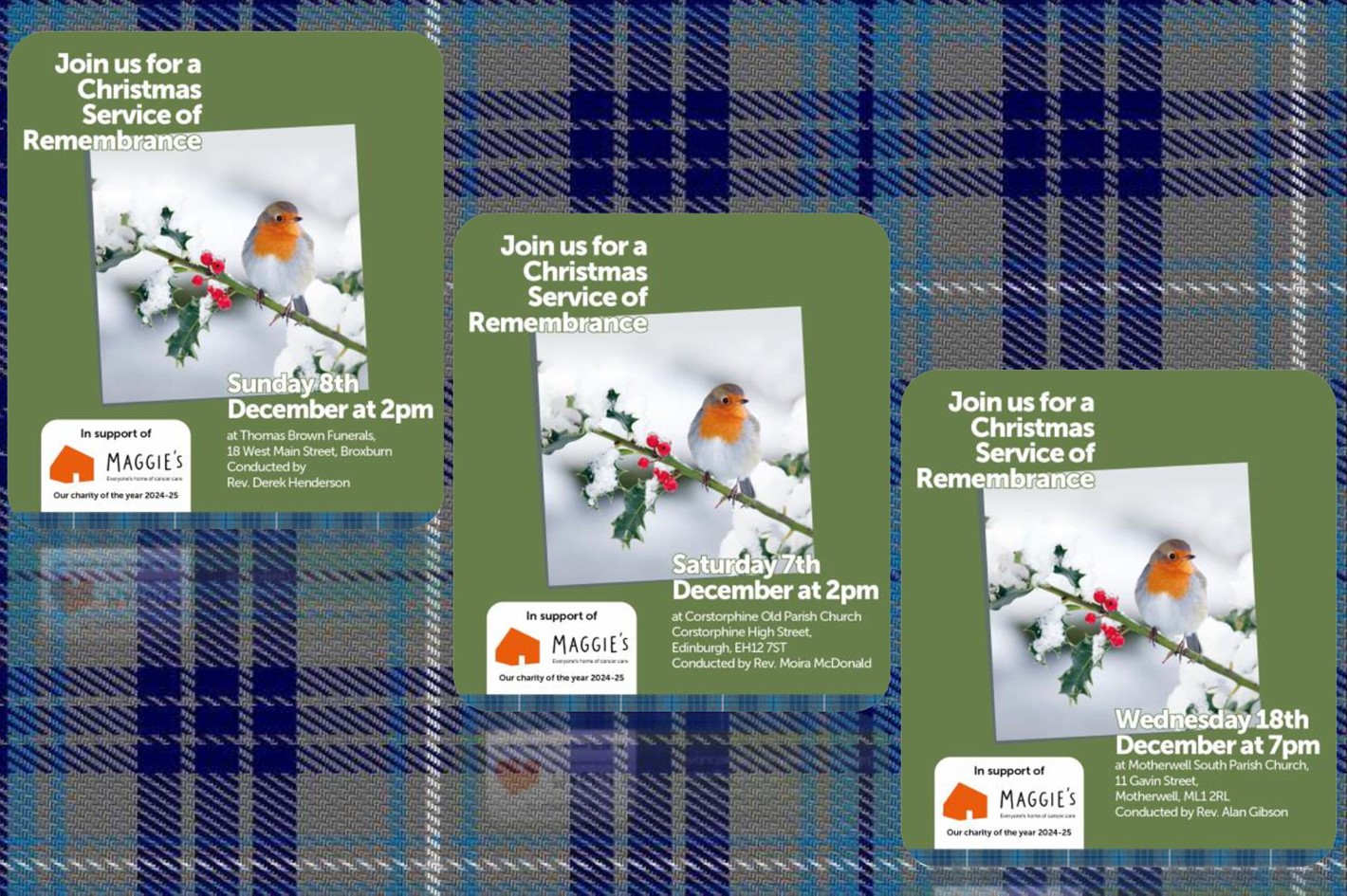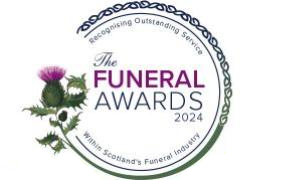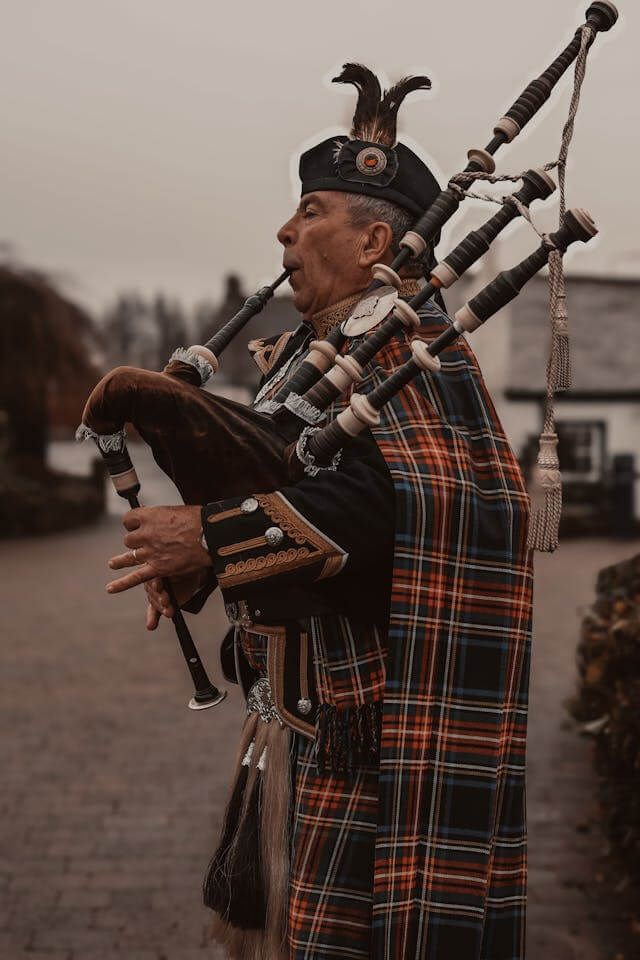Scottish funeral traditions have evolved significantly throughout history, intertwining deeply rooted traditions with contemporary practices to offer comfort and respectfully commemorate the lives of those who have passed.
This comprehensive 2025 guide offers a detailed exploration of the rich heritage, rituals, attire, and central role of the community within Scottish funeral traditions, providing both historical context and insights into current practices.
We offer affordable funeral plans in Scotland that cater to everybody.
Table of Contents
ToggleHistory of Scottish Funerals
Scottish funeral traditions have a rich history dating back more than two thousand years, influenced strongly by the beliefs and practices of the ancient Celts. The Celts viewed death as an essential part of life’s cycle, believing in the continuation of the soul’s journey into another realm. This perspective lessened the fear surrounding death, framing it as a natural progression and a spiritual evolution.
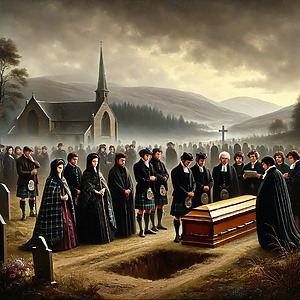
This is where the thoughts of omens and signs came from. The Celts believed the appearance of certain animals or natural phenomena was a sign forewarning of death. These were accepted as part of life’s natural cycle.
Examples of Signs and Omens
- Raven or Crow: These birds, sacred to ancient Celtic deities associated with war and prophecy, symbolised impending death or significant change.
- Howling Dogs at Night: Believed to indicate the presence of spirits or entities near death, marking a forewarning of an approaching loss.
- Dreaming of Teeth Falling Out: Commonly interpreted in Celtic and later Scottish folklore as a symbolic premonition of death within the dreamer’s family or close social circle.
Integration with Christianity
With the arrival of Christianity in Scotland around the 6th century, traditional pagan practices began to merge with new religious beliefs. Ritual practices such as covering mirrors and stopping clocks at the moment of death aimed to help the deceased’s soul transition peacefully, preventing spiritual entrapment.
A historic 1819 Scottish magazine account vividly describes these customs:
“When one expires, the clock is immediately stopped, and the dial-plate, covered with a towel; mirrors are also covered in a similar manner. All the cats belonging to the house are caught, and put in immediate confinement”.
“When the body is dressed and laid out, a Bible is often put below its head, while a plate with salt, and another with a piece of green turn, is placed on the breast.”
Community and Family
Announcing the Death
Traditionally, death announcements were shared through direct verbal communication within communities, emphasising the interconnectedness and communal support central to Scottish society. Although digital platforms and printed obituaries are now common, personal community engagement remains deeply significant, underscoring the collective nature of Scottish mourning.
The Wake
The wake is a critical communal tradition, historically held in the deceased’s home. It serves as a time for collective grieving, personal farewells, and mutual support. “Wake-watching,” historically practised to guard the body from harmful spirits, symbolises deep respect and is preserved by some Scottish families today.
Funeral Attire
Traditional Clothing
Men:
Typically wear kilts in their clan-specific tartans, symbolising family heritage. The kilt, a knee-length garment made of wool and pleated at the back, is a central part of Scottish identity and ceremonial dress. At funerals, kilts are worn with formality and respect. They are often paired with a dark Prince Charlie or Argyll jacket, a waistcoat, a white shirt, and a plain or subtly patterned tie.
Accessories are chosen with care to reflect the tone of the occasion:
- Sporrans (a pouch worn at the front) are typically omitted or replaced with a plain leather version, as ornate or decorative sporrans are generally considered inappropriate at funerals.
- Ghillie brogues (traditional laced shoes) and kilt hose (socks) in dark or neutral tones complete the outfit, with flashes (sock garters) kept subdued.
- A kilt pin is often worn to secure the outer apron of the kilt, though it serves more as a decorative accent than a necessity.
- The sgian dubh (a small ceremonial knife worn in the sock) may be worn depending on local customs and the formality of the funeral.
The overall look aims to balance honour, heritage, and humility. Wearing a kilt to a funeral in Scotland is widely accepted and encouraged as a respectful, traditional gesture that connects the mourner with their ancestry and community.
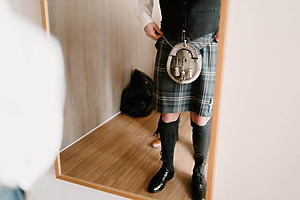
Women:
Scottish women traditionally wear dark, modest clothing to funerals, reflecting the solemnity of the occasion. Appropriate attire typically includes a knee-length or longer dress, a skirt and blouse, or a tailored suit in black or other subdued colours. The aim is to present oneself with dignity and respect, aligning with the formal tone of the event.
Accessories and styling are chosen thoughtfully to maintain subtlety and tradition:
- Tartan shawls or fly plaids may be worn over the shoulders as a nod to clan heritage. These are more common than full tartan outfits and provide a respectful link to ancestry without being overstated.
- Footwear is generally understated and practical, such as plain black flats or low heels.
- Jewellery is kept minimal and elegant—small brooches, stud earrings, or a discreet pendant if desired.
- Outerwear, such as a black wool coat or cape, may be worn during colder seasons, again prioritising respectful simplicity.
In more traditional areas, such as the Highlands, women may lean toward more conservative interpretations of funeral attire, whereas urban ceremonies might welcome slight modernisation. Occasionally, when the family has requested a celebration of life, a touch of colour or family tartan may be included tastefully. However, unless otherwise stated, conservative and muted attire is the norm, showing reverence for the deceased and sensitivity to the grieving family.

Significance of Tartans
You’ve probably encountered tartans before – those distinctive patterns of crisscrossed bands in multiple colours, instantly recognisable as Scottish. While their visual appeal is undeniable, for Scottish people, especially during solemn ceremonies like funerals, tartans carry a significance that reaches far beyond aesthetics.
At its heart, each tartan pattern represents a specific Scottish clan, family, or even a particular district or institution. It’s a visual shorthand for identity, a vibrant thread connecting individuals to a collective history. In earlier times, these patterns may have been more regional, based on local dyes and weavers; however, over the centuries, the concept of a specific clan tartan became deeply ingrained in Scottish culture.
When a Scottish person wears their clan tartan at a funeral, it’s not merely a sartorial choice; it’s a profound act of remembrance and respect. It signifies:
- A powerful connection to one’s ancestry: The tartan represents generations of family history, triumphs, and struggles. Wearing it at a funeral is a meaningful way to acknowledge and honour the lineage of both the deceased and the mourner.
- Respect for the deceased: Wearing the clan tartan is a respectful gesture that affirms the deceased’s place within their family and the larger Scottish heritage. It serves as a silent acknowledgement of their life within the context of shared roots.
- A sense of belonging and solidarity: During a time of grief, the sight of tartans worn by mourners can foster a strong sense of unity and solidarity. It serves as a reminder that those present are part of a larger community, connected by history and kinship, which provides comfort and support to one another.
- A living tribute: Tartans are living traditions, not just static symbols of the past. By wearing them at funerals, Scots ensure their heritage remains visible and meaningful, especially during moments that highlight the continuity of life and legacy.
The Funeral Service
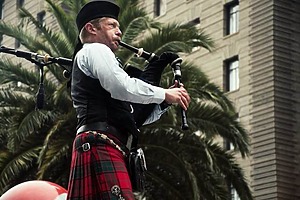
The Scottish funeral service typically consists of four main parts.
- Gathering: Family and friends all come together at the church.
- Procession: The coffin is carried in, usually accompanied by traditional bagpipe music.
- Ceremony:
-
- Welcome: A minister or celebrant opens with words of comfort and encouragement.
-
- Readings: Passages from the Bible or other literature are read that hold meaning for the deceased. Popular ones from the Bible include St. Padre Pio, whom many people find comfort in when they are sick.
-
- Eulogies: This is when the family and friends share fond memories and stories of the deceased, often sharing funny mannerisms or quirks of the deceased.
-
- Music: Traditional hymns and songs may be sung, with a bagpiper playing laments.
- Final Farewell: Prayers are offered, and there may be a moment of silence held.
Our funeral plans walk you through every step of the way, and we provide support to answer any questions you may have.
Funeral Procession and Burial Customs
After the service, a funeral procession continues its journey towards the burial site. The procession is a solemn journey and is another sign of respect for the deceased.
Close family or friends may carry the coffin, or walk alongside the hearse.
At the graveyard, a brief ceremony takes place. The minister will offer his final words and prayers. Family and friends may toss a handful of soil or a flower onto the coffin as a personal farewell.
Following the burial, the family will typically hold a reception known as a “funeral tea”. This gathering allows friends and family to support each other and share stories. It is known as a celebration of life.
Modern Adaptations
Contemporary Scottish funerals increasingly incorporate cremation, which has become a widely accepted alternative to traditional burial. When choosing cremation, families may scatter the ashes in meaningful places, ranging from scenic highlands and coastal paths to family gardens or other personal locations that held significance for the deceased. Others may opt to keep the ashes in urns at home, often placing them in a memorial space as a lasting tribute.

Technological advancements have further transformed how funerals are attended and remembered. Many churches and funeral venues across Scotland now offer livestreaming services, enabling relatives and friends who cannot attend in person to participate virtually. This has become particularly important for those living abroad or with limited mobility.
Digital memorials and online obituary platforms have also become integral parts of modern mourning. For example, we host a dedicated online funeral notice board through MuchLoved, where families can post funeral notices, share memories, and leave tributes. These online spaces offer comfort and connectivity, enabling wider community engagement even from afar. Messages, photos, and donations can be shared through a single accessible page, fostering an enduring celebration of life.
In addition, environmentally conscious choices—such as woodland burials, biodegradable coffins, and carbon-neutral funeral options—continue to grow in popularity. These practices reflect a broader societal shift towards sustainability, ensuring that one’s legacy respects the natural world even in death.
Scottish Funeral Etiquette
Punctuality
Arriving on time is very important. Arriving late may be perceived as disrespectful and can also disrupt the funeral process. Plan your day in advance of the funeral to avoid any delays.
Expressing Sympathy
Simple phrases like “I’m very sorry for your loss” or “My thoughts are with you” are appropriate. Try to avoid talking for too long to the grieving family, as they may not want to speak at this time.
Offering help with tasks, bringing food or offering a chat to them can provide comfort to the bereaved.
Attire and Behaviour
Wearing appropriate, modest attire is a sign of respect and reflects the solemnity of the day. Close friends and family would typically wear black or dark clothing, but this isn’t expected of everyone and is a personal choice.
It’s important to be silent during the funeral service and participate when appropriate. Having your phone on silent, avoiding chatting and refraining from any disrespectful behaviour are also important.
Conclusion
Scottish funeral traditions blend ancient customs with modern practices. They are beautifully structured and provide a way to honour the deceased, provide support to the family, and celebrate their life. These traditions offer a sense of unity and respect that resonates long after the funeral has ended.
Whether it’s a more traditional funeral or a modern blend, Scottish funeral traditions provide solace and unite communities during these tough times.


